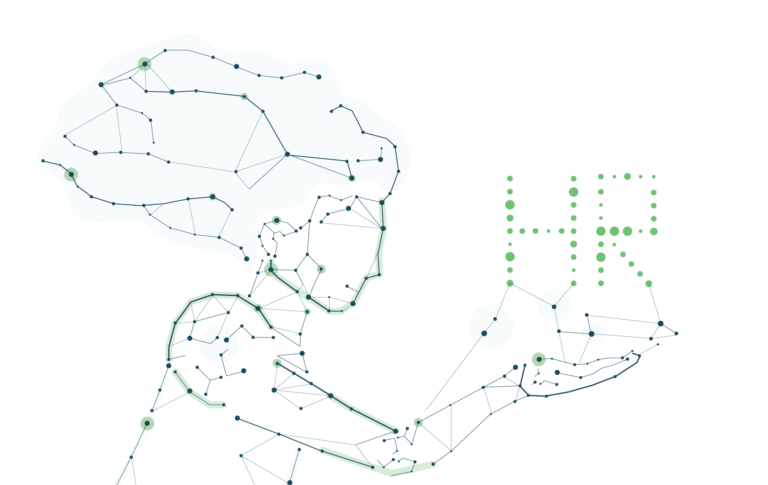Talent retention through social recognition
Talent retention has become a huge challenge for companies and with it comes deeper thought and numerous methods to get our best employees to stay. High, medium and even low employee turnover hurts, depending upon the size of business and industry. The pain is clearly felt in terms of the replacement cost, but in many less obvious areas such as key skill gaps impacting moral and productivity.
Research by Oxford Economics last year suggested the average cost of replacing an employee is £30,614 compounded by new employees then taking up to eight months to reach optimum productivity levels. However, Evidence from a recent report by IBM’s Smarter Workforce Institute suggests the intention to leave is twice as high amongst employees who don’t feel recognised compared to those who do. An interesting piece of research that leads to a simple question.
Why do employees feel more inclined to stay with a company when they feel recognised?
Clearly a better understanding of this question will help employers improve their talent retention rates. And one explanation currently hot in HR circles is the social exchange theory.
For years the employer/ employee relationship in many companies based itself on the assumption that pay was the only reward required for an employee to give their services. With social exchange theory (SET) it runs deeper than that, suggesting an effective relationship between an organisation and employee goes way beyond such a simplistic economic exchange. Pay may keep an employee physically in work (for a while at least), but the way to make sure the heart and head come along too, is through an emotional exchange of respect and recognition.
SET is based on the belief that as individuals interact over time, they experience the need to reciprocate the support and assistance of the other person. That creates a norm of reciprocity. If this norm is consistently fulfilled, then trusting, loyal, and committed relationships develop as a result. Employees experience social exchange relationships with their peers, customers, suppliers, managers, and the company as a whole.
But things can go wrong. If a social exchange is perceived as unjust and uneven by one (or both) parties it has the potential to compromise the stability and trust of their relationship and lead to serious resentment. And that’s when employees can decide it’s time to look elsewhere.
To try to offset this, managers have offered employees opportunities and rewards to create a greater sense of social obligation. But these haven’t always gone to plan. They can be expensive, time consuming and perceived as unfair by other people who aren’t getting them. And you can’t simply reduce social relationships to the level of transactional methods or a feeling of obligation. You can’t ‘oblige’ an employee to become cognitively, emotionally, and physically engaged. It’s something employees choose to do as part of their discretionary behaviour.
Talent retention: Harnessing the power of social
The social exchange theory is nothing new; it’s been around for a few decades now. But while the power of social was starting to be realised years ago, the ability to harness its power was not. But thanks to technology and developments in HR software, social collaboration, feedback and recognition applications are putting the theory to work.
SET has certainly changed how employee recognition programmes work. The emphasis has shifted from managers and one off, or high reward activities and instead is focussed on providing an ongoing, meaningful way for the social exchange to happen. Instead of thinking about recognition as a slow trickle down the organisation, where employees wait to be ordained, social recognition allows employees to forge their own motivational methods, positivity influencing their own working life, and making every employee an active culture contributor.
Also a fundamental part of social exchange theory, is that it provides employees with genuine feeling of trust and loyalty as relationships evolve over time, roles change, and company circumstances and results fluctuate, social recognition is key to enabling this feeling as possibly the only area of business that is 100% dedicated to the positive.
Next time your employee recognition programme is up for review, don’t look at behaviours, reward and performance without thinking about the influence your decisions can have on retention. It has to be sticky and loved by employees above everything else.


 Great managers vs natural leaders: What’s the difference (and does it matter?)
Great managers vs natural leaders: What’s the difference (and does it matter?)
 Workstars now integrates seamlessly with the HRIS you use every day
Workstars now integrates seamlessly with the HRIS you use every day
 AI in HR: Where are we at (and where are we going to end up?)
AI in HR: Where are we at (and where are we going to end up?)